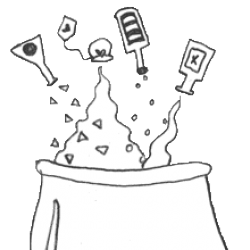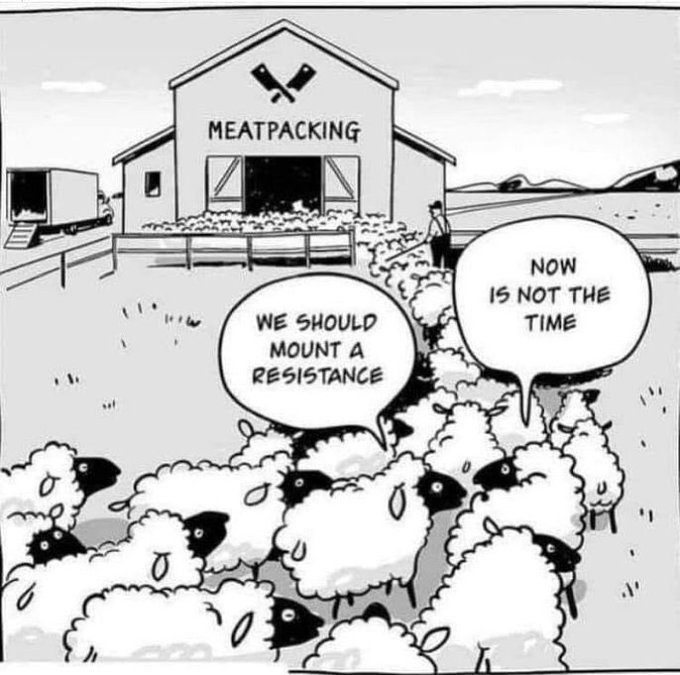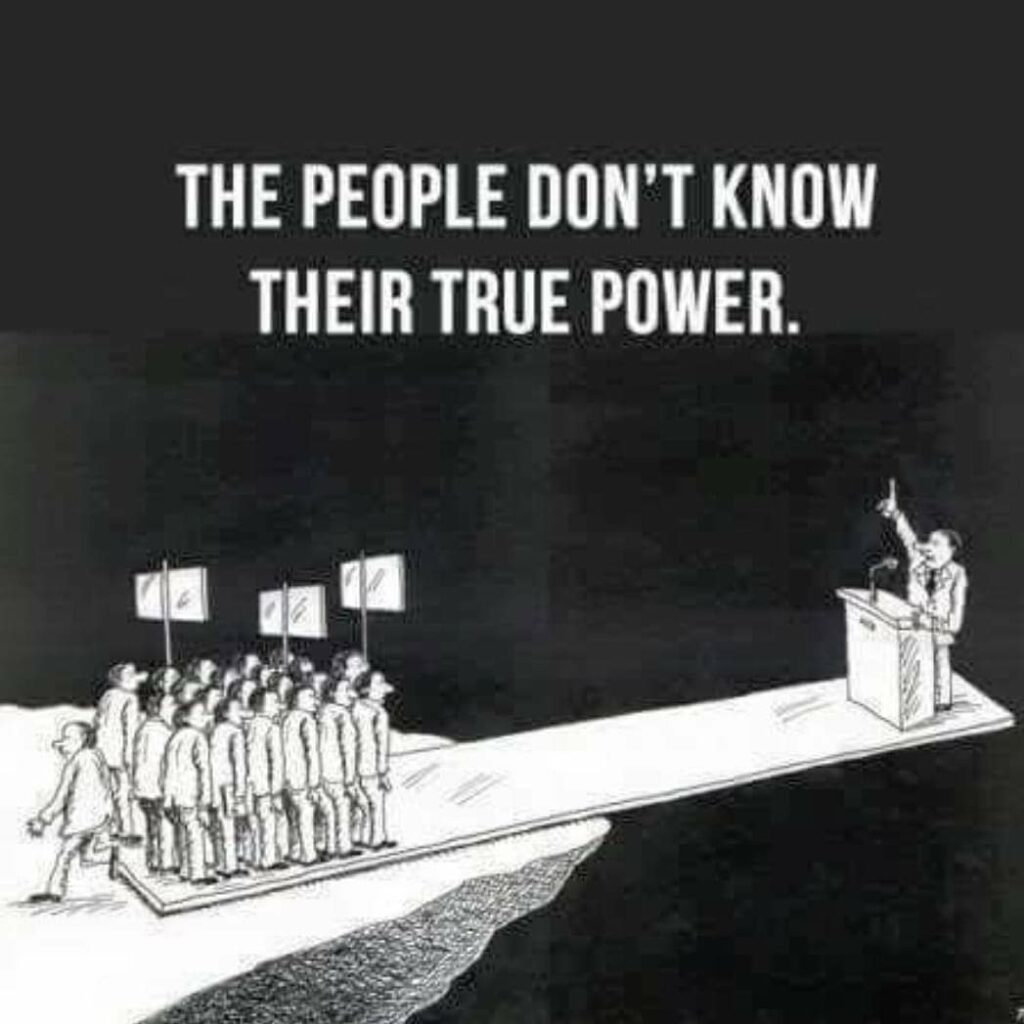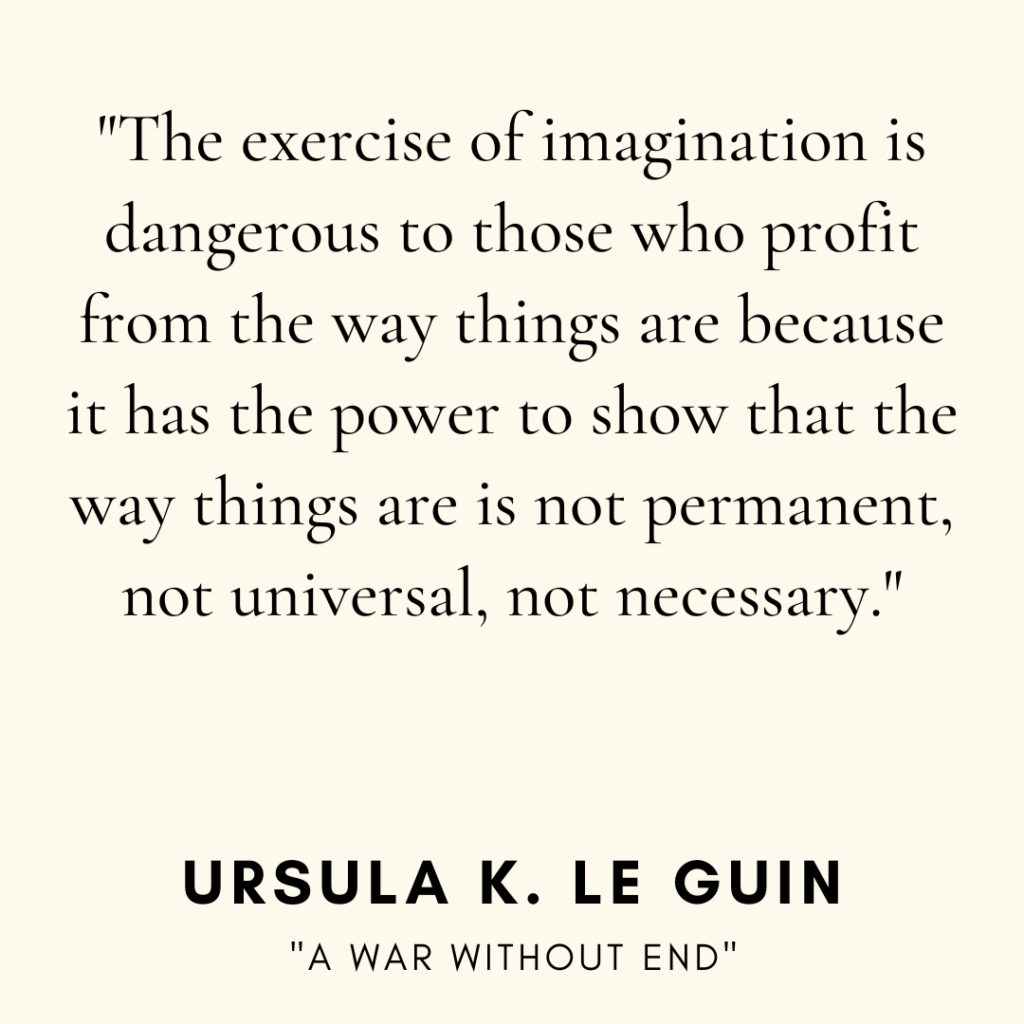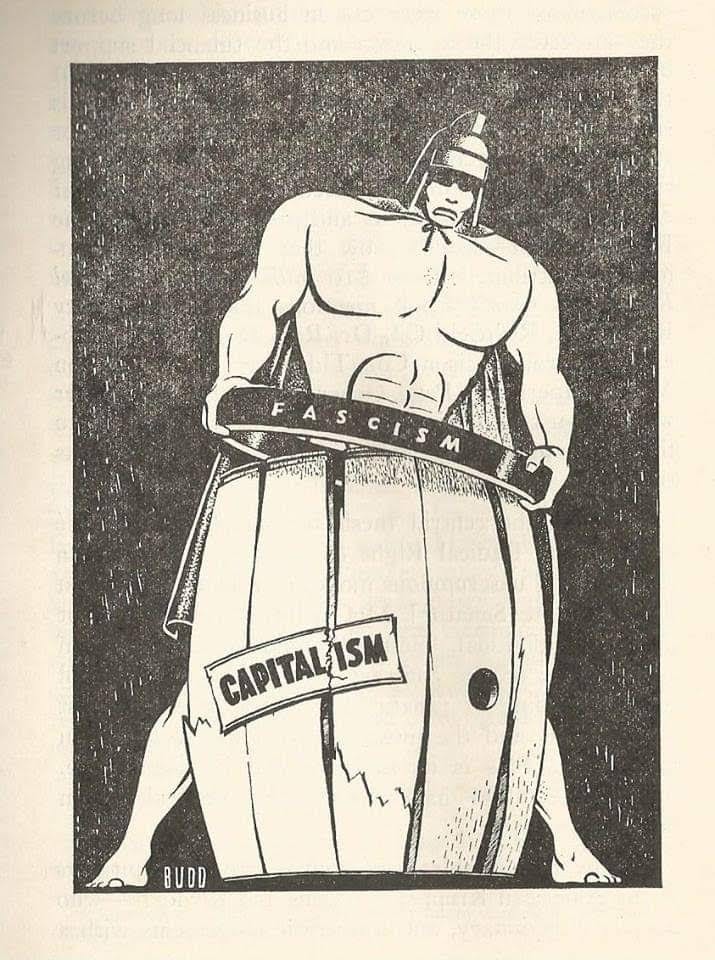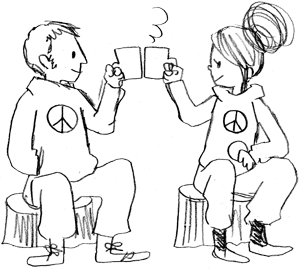The right-wing feeds on division.
The left-wing grows from trust.
This simple #KISS truth is buried under decades of shit.
Stalinism’s dead weight.
Postmodernism’s cynical fog.
Neoliberalism’s greed-choked rot.
All piled onto our social soil.
Now we stand in the stink:
social, technological, political, philosophical mess.
We don’t deny it.
We compost it.
We turn the pile, let it breathe,
make decay into fertile ground.
From this soil, we grow a humane culture.
Trust. Commons. Care.
A path beyond the #deathcult.
Pick up a shovel.
The work is ours.
What is #blocking this simple step away,
one reason is the #mainstreaming insist you use the “proper channels”
is because they own the channels.
They wrote the rules. They staffed the committees.
They built a maze where the end is always defeat.
That’s why they’re so confident it “won’t work.”
Because it isn’t designed to.
The proper channels exist to bleed energy,
to bury dissent in paperwork and “stakeholder processes,”
to keep power safe where it already sits.
The #OMN takes the opposite path.
No hard gatekeepers. No “proper channels.”
Just open flows. #4opens all the way down.
Instead of wasting years trying to squeeze through their pipes,
we compost their mess and build new streams.
Trust networks. Shared publishing.
Messy collectives that actually do the work
instead of talking it to death.
That’s what really scares the #mainstreaming people most.
That we don’t need their channels at all.
That we can walk away and build our own.

The deep wound a lot of people carry – and it’s not personal, it’s structural. When “you” don’t feel “respected,” when the mainstream has no time or use for “you”, it’s because their whole machine is built on efficiency of exclusion. They don’t even see “you” as a subject in the conversation – you’re treated as noise, not signal.
And when the alt paths are blocked – often by the same smiling faces, the same gatekeepers in different clothing – the feeling is doubled: shut out by the mainstream, and suffocated by those who claim to be building alternatives.
This is by design, the “common sense” mainstream wants you atomized, silenced, despairing. The #fashionistas push you into disciplined frameworks, their branding, their “proper channels.”
What happens then? Most people turn inward. Cynicism. Burnout. Bitterness. Or they retreat into bubbles that feel safe but become sterile. That’s the trap.
The composting metaphor matters here. The disrespect, the exclusion, the blocking, it’s all stink. If we don’t turn it, it just festers and poisons everything. If we do turn it together – shovel in hand – it becomes the soil of solidarity, resilience, culture.
The act of composting is, naming the disrespect (without internalizing it), pulling people back from isolation into trust networks, refusing to fight on their terrain (mainstream channels, fashionista frameworks), building small, living alternatives that don’t need their validation.
The painful truth: you will never get “respect” from #mainstreaming. The dignity comes from walking away, composting their waste, and growing something rooted in trust not division.


